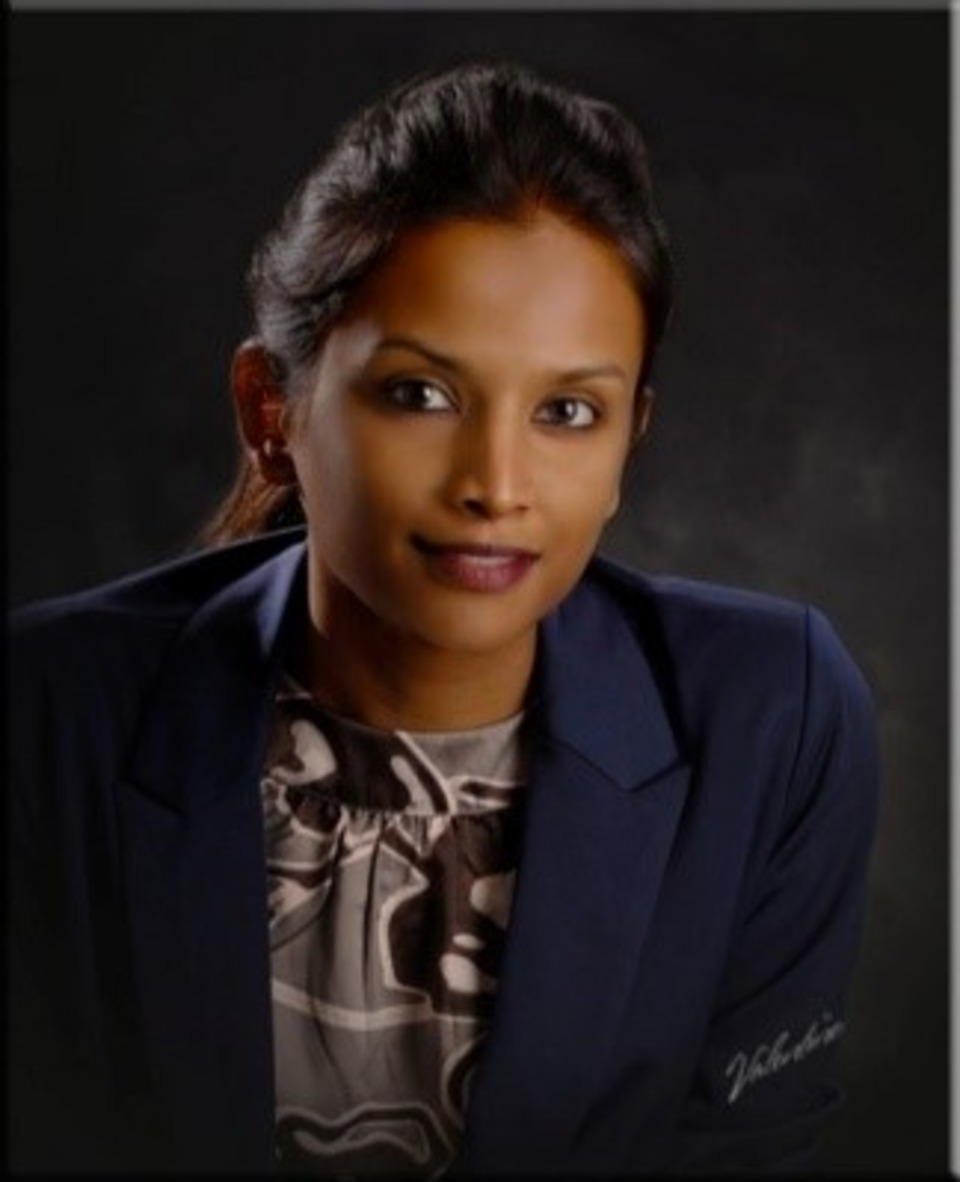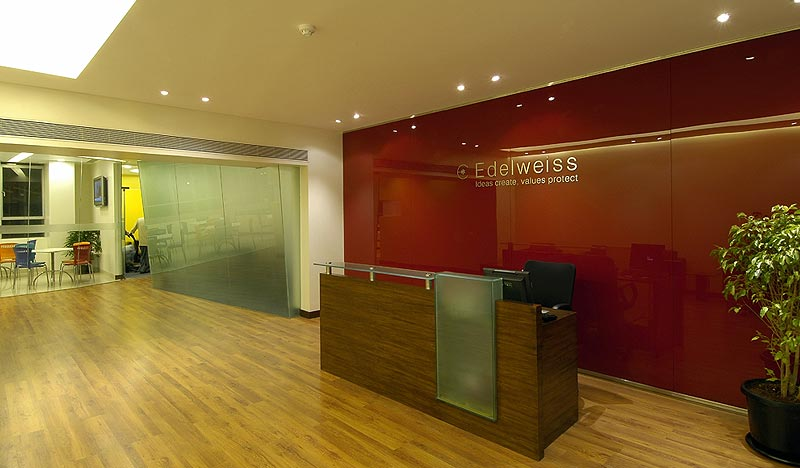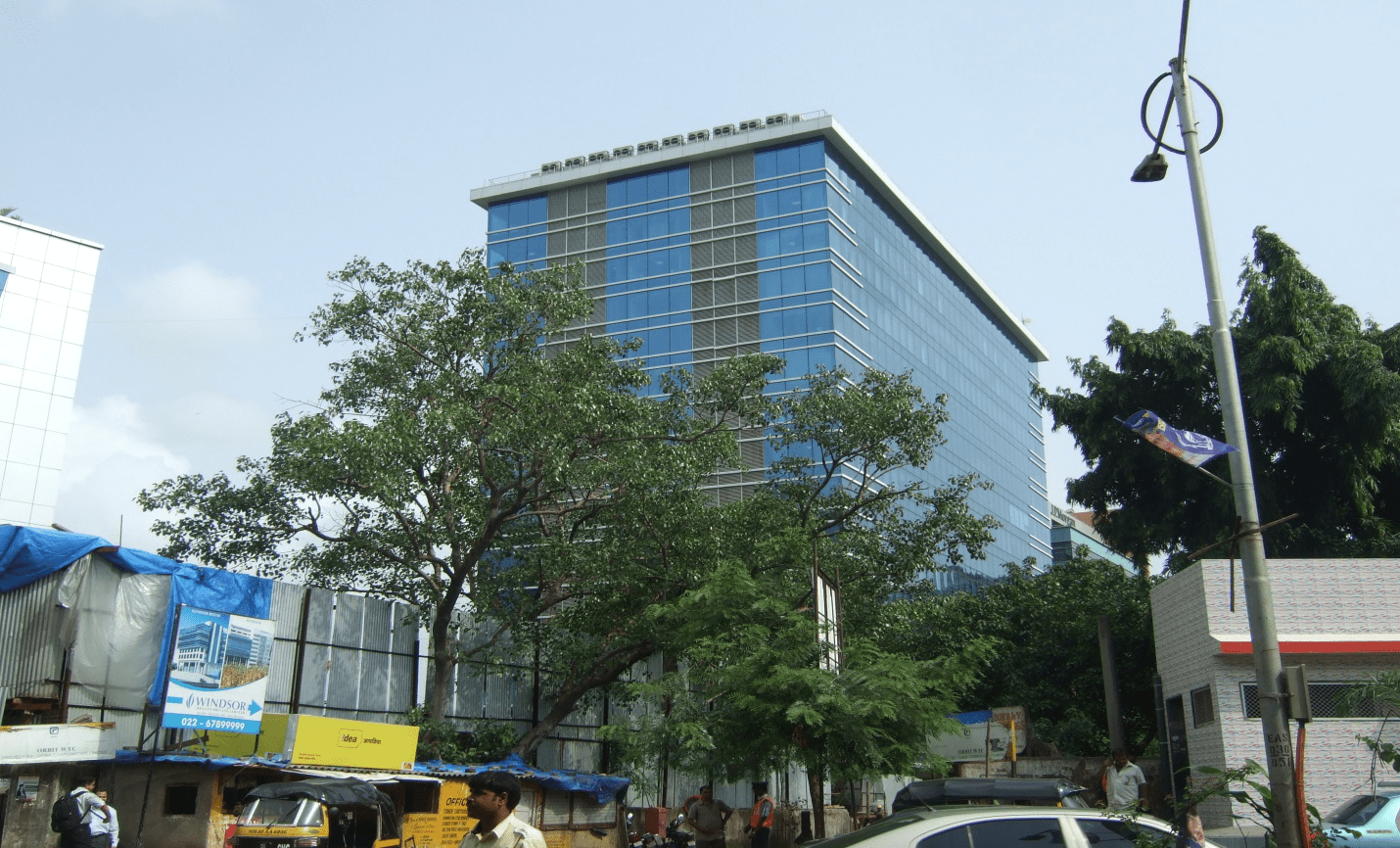1. Harvard Business School/Taj Lands’ End
DESCRIPTION OF THE PROBLEM:
Harvard Business School (HBS) has recently launched a new amphitheater-style classroom, built and owned by the Taj Lands End and Indian Hotels Limited. This new space replicates the classrooms on the School’s Boston campus, giving participants and students an actual Harvard Business School case method learning experience for the first time in India.
Mr. Ratan Tata inaugurated the Harvard Business School Campus at Taj Lands End in early March 2012.
The new HBS campus, with a seating capacity of up to 82 students, will offer state-of-the-art multimedia facilities that augment the student’s educational experience. The room, a first of its kind in India, is virtually indistinguishable from the MBA classrooms in Boston in terms of aesthetics, technology, IT infrastructure, telecommunication equipment, and connectivity to Harvard Business School’s campuses all over the world.
Altogether, the IT infrastructure and communications equipment are worth an astounding 50 million US dollars. An obvious requirement was a state-of-the-art foolproof waterproofing system that would guarantee continuous connectivity to HBS’s campuses worldwide and ensure zero downtime.
The site chosen was underneath an exposed terrace about 14 years old. The project was undertaken in the monsoon of 2011, and the entire slab was leaking in multiple places, with water gushing in through various cracks, pipe cutouts, and a host of other imperfections in the old slab.
Upon removing the top IPS layer, an exceptionally large expansion joint about 5 cm wide was uncovered. The architect and the clients were caught entirely unawares, and the leakages and the unanticipated expansion joints threatened the site’s feasibility and the project completion deadline.
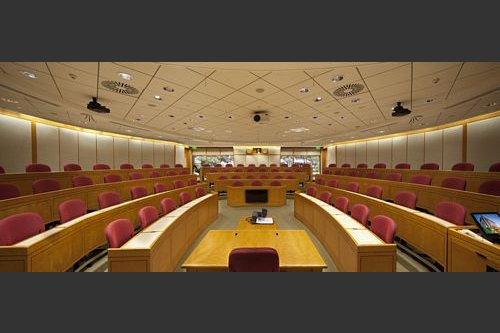
General Methodology used:
SURFACE PREPARATION
- Remove all the existing layers of filing on the RCC slab and expose the RCC slab.
2. Clean the RCC surface of all loose particles, dust, cement laitance, etc. Surface preparation is of prime importance as the degree of performance of the coating is directly proportional to the extent of cleaning.
3. After proper cleaning, Identify the construction joints, cracks, honeycombed areas, etc., on the RCC surface and fill the cracks on the RCC surface using Polymer Modified rich mortar prepared by POLYALK EP.
4. Apply a low-viscosity crystalline surface penetrator sealant- SUNFLOWER METALLIC over the cast in situ slabs in three coats
5. Allow the material to penetrate the slab to seal the RCC pores.
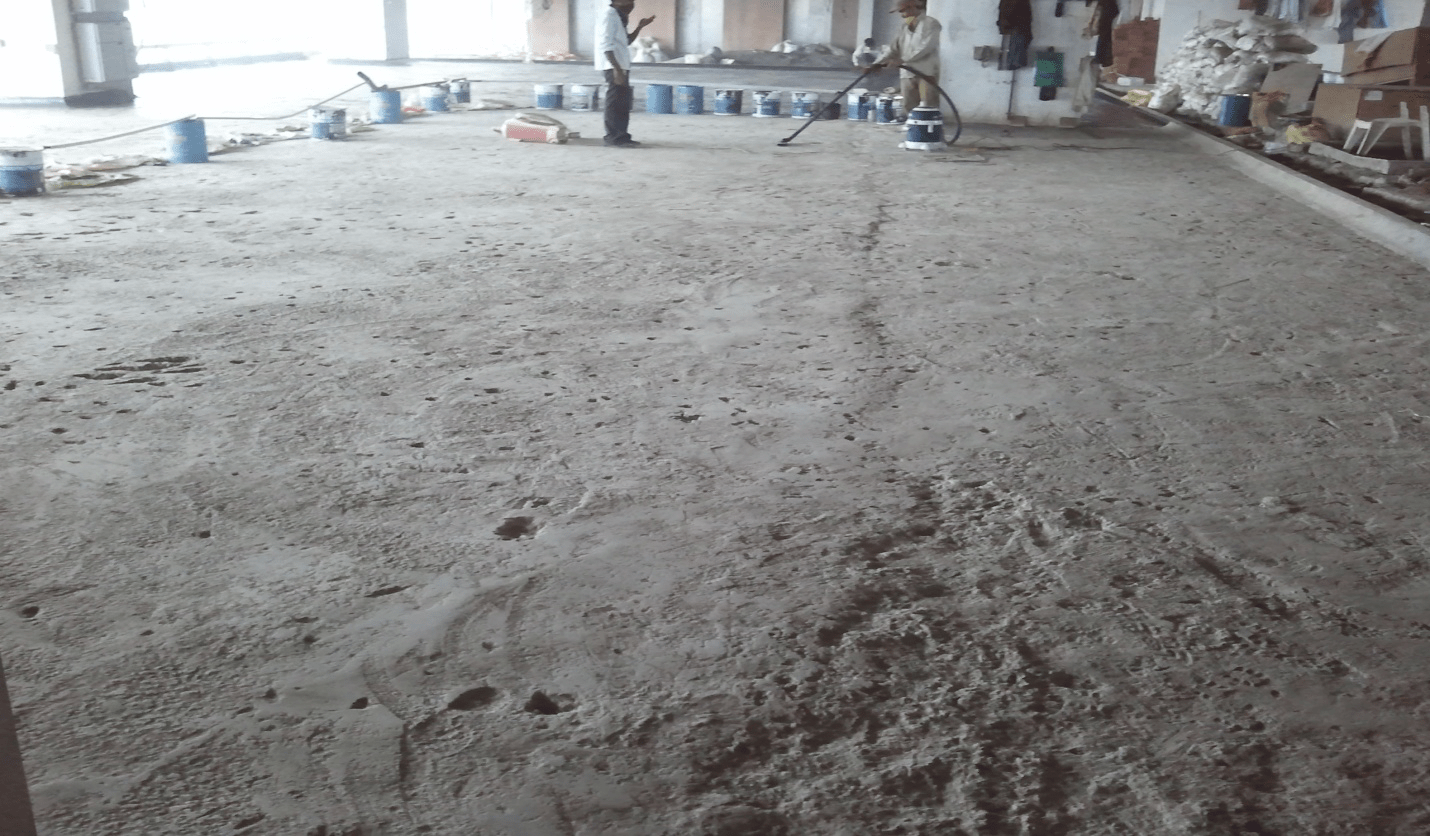 Fig 7: Surface Preparation and cleaning using an air suction device
Fig 7: Surface Preparation and cleaning using an air suction device
WATERPROOFING SYSTEM:
- Provide a primer FLEXIROOF –PU PRIMER coat on the cleaned RCC slab surface using a soft paintbrush. Shake the container well and directly apply the primer with a brush. Allow setting for 30-45 minutes, depending on the ambient temperature.
2. After the primer has cured and dried, apply FLEXIROOF-PU by brush, roller, or airless spray equipment. Apply at a rate of 1kg/sq.m. for the first coat evenly over the primer surface and allow to cure for 12-24 hours.
3. Extend the coating on the sides of the walls and aluminum glazing frames up to 300mm.
4. After ensuring that the first coat is set and cured, similarly apply the second coat at a rate of 0.5 kg/sq m and allow it to heal.
5. While the second coat has reasonably hardened but is still wet and tacky on the surface (say after 12 hours), sprinkle sand over the surface to make it rough to provide a mechanical key for the protective screed.
6. Allow the two coats of FLEXIROOF-PU to dry for 2-3 days before proceeding with the protective screed.
7. Lay the protective screed over the same in CM 1:4 in an average thickness of 10-12mm and cure the same.
8. Admix one pouch of anti-shrinkage admixture- SUNPLEX (330 Gms pouch) per 50 Kg bag of cement in the protective screed mortar.
9. Provide IPS over the protective screed in thickness and slope.
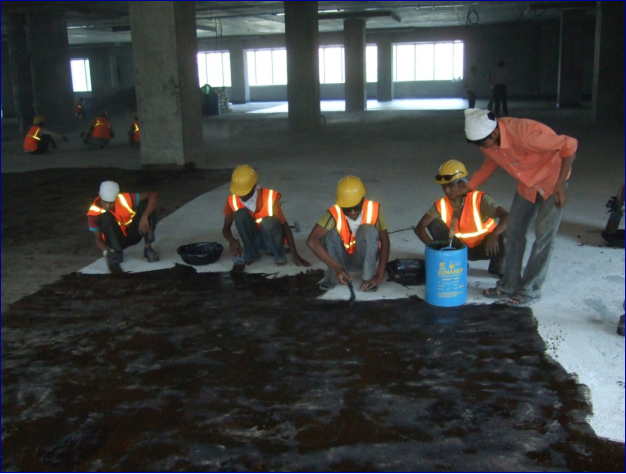
Fig 8: Application of Flexiroof PU – liquid applied, moisture-cured, elastomeric, modified polyurethane membrane
VAPOUR BARRIER COATING:
- Clean the surface using air blowers BUT ensure that the surface is DRY.
2. Mix SUNEPISEAL primer in a plastic container in the ratio of 4 parts of Part-A and 1 part of Part B using a low-speed air-driven stirrer. Mix uniformly to form a brushable consistency.
3. Apply this as a priming coat of SUNEPISEAL 478 coating over the cleaned dry surface using a paintbrush and allow it to dry.
4. After the primer has dried, apply two coats of SUNEPITOP by mixing in a plastic container in the ratio of 4 parts of Part-A and 1 part of Part B using a low-speed air-driven stirrer. Mix uniformly to form a brushable consistency.
5. Apply this coating at 24-hour intervals between each coat.
6. Extend the entire application up to 1.0 meters over the sidewalls and aluminum frame.
7. Do not allow foot traffic for the next 48-72 hours till fully cured.
1. Case Study I – Edelweiss/IBM
2. Case Study II – GPX Global Systems
3. Keeping India’s booming IT industry waterproof
About author
Ms. Ishita Manjrekar is a director at Sunanda Speciality Coatings Pvt. Ltd oversees Sunanda’s R&D, specifically focusing on developing and marketing Sunanda’s line of sustainable construction chemicals.
In this role, Ishita draws on 4 years of rich experience in sustainability at Primary Global Research in San Francisco and New York. While at Primary Global Research, Ishita led the “Green Technologies” business unit.
She has been invited to feature on Bloomberg TV and Bloomberg Radio numerous times as a subject matter expert on sustainability and green technologies.
Multiple print media have also sought Ms. Manjrekar’s expertise, including Reuters, Financial Times, Bloomberg, Forbes, BBC News, and Market Watch. Ms. Manjrekar has travelled to over 20 countries and regularly publishes research papers on sustainability and green construction chemicals in journals of national and international repute.
She was recently invited to present a paper on sustainable solutions developed in Sunanda’s ISO 9001:2008 certified R&D lab at ACI’s Spring Convention in Pittsburgh, USA.
Ishita also spoke on the latest innovations in sustainable underwater concreting practices at the International Conference on Sustainability organized by the India Chapter of the American Concrete Institute in Mumbai.
As an expert in green construction chemicals, Ishita is often invited to be on peer review panels for papers published in National and International publications.
Ms. Manjrekar has a Bachelor’s degree in Chemical Engineering from the Institute of Chemical Technology, Mumbai (erstwhile UDCT). She also holds a Master’s degree in Chemical Engineering from Rensselaer (RPI) in New York, USA.


